Venues that help showcase continent’s arts and crafts, music, other heritage enrich Beijing’s cultural landscape
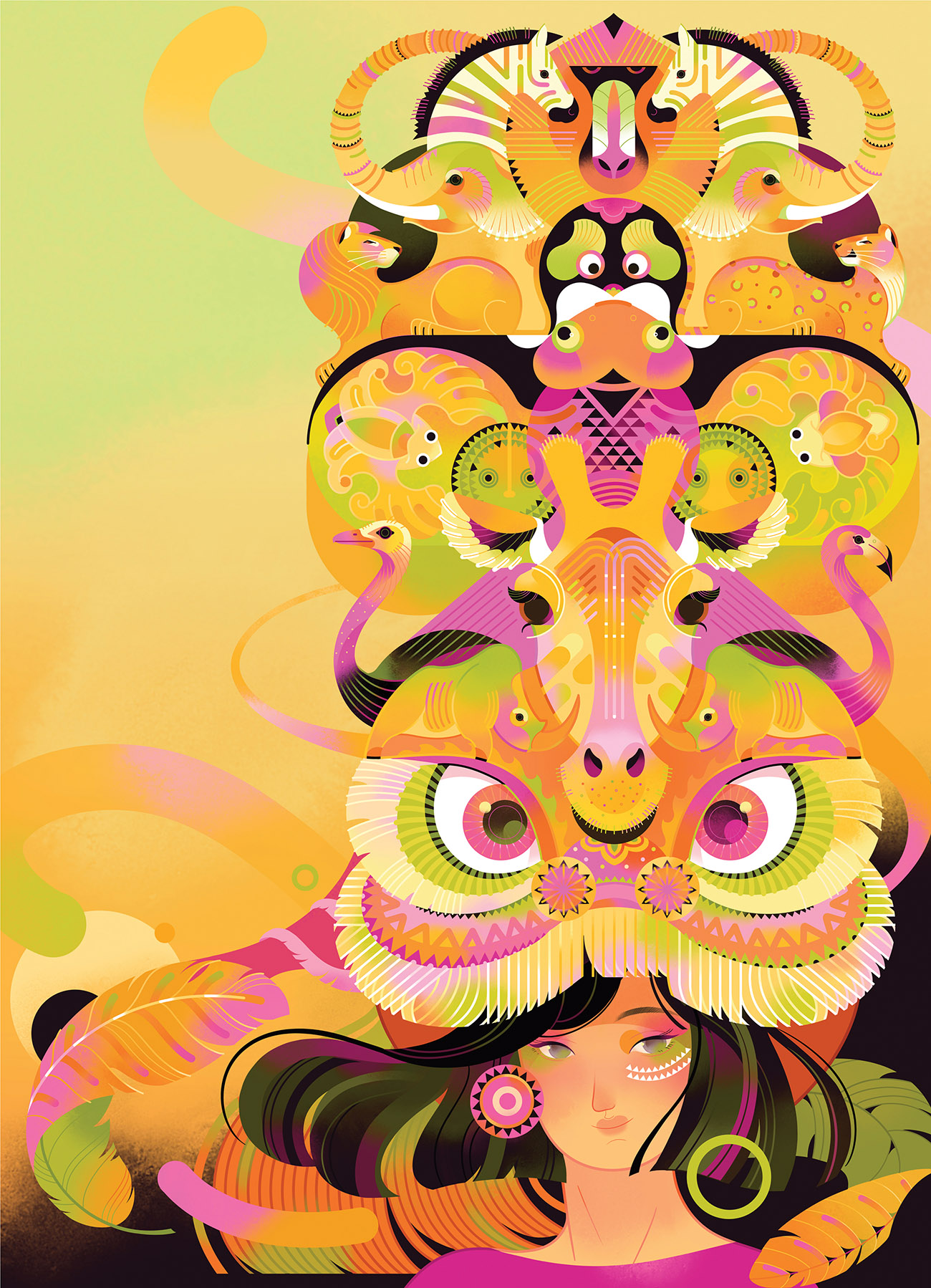
Africa is seen by many Chinese as a land of immense natural beauty and exotic animals, but awareness about the continent’s rich and varied culture is generally lacking, apart from art circles.
In Beijing, cultural aficionados and those who have lived in or visited Africa are trying to deepen cultural links to the continent by introducing its unique arts and crafts to residents.
Their dedication to promoting Africa is adding vibrancy to the Chinese capital through venues that allow visitors to experience Africa’s cultural offerings firsthand.
Feng Xinxin, who is in her 30s, lived in Namibia for 11 years from 2008. Her African paintings, sculptures, and images and artworks of rare animals are on display at an Africa-themed coffee shop in a cultural park outside Beijing’s northeastern Fifth Ring Road.
“When I came back (from Namibia), and chatted with people around me, their first question about Africa was whether it was a war-torn place and if going there was unsafe,” said Feng. “People wondered why a woman would go to Africa at such a young age, and they had a particularly skeptical attitude.
“I was asked too many questions and this became a motivation for me to build such a place in Beijing, to let more people truly understand Africa.”
In 2022, she and a partner opened the African Culture and Tourism Center, a coffee shop with an exhibition space showcasing products from the continent, with the idea of promoting African cuisine, art and culture.
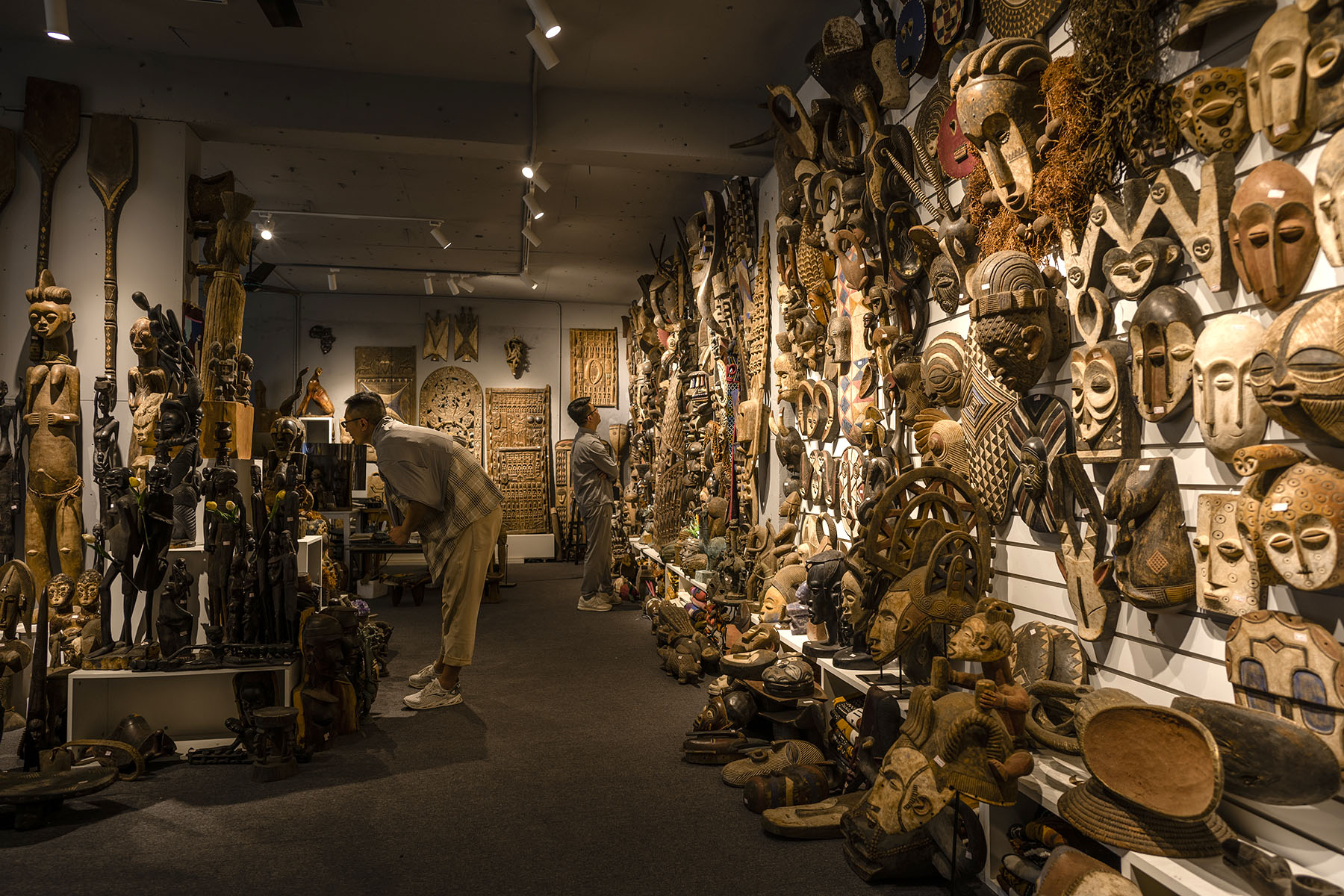
Feng, a native of Jinan, Shandong province, said she developed a special bond with Namibia, which she described as untypical of West African nations, during her time there. The country has the world’s oldest desert, the Namib, which is located next to the coast.
“People generally think that places where you can see the ocean are far away from deserts,” she said. “But it’s only in Namibia where you can see a road with the Atlantic Ocean on one side, and the Namib Desert on the other side with giant red sand dunes,” she said. “Over there you can also find indigenous groups, such as the Himba.”
Feng said that compared with Beijing’s urban cultural environment, the Southwest African country, where she spent most of her youth, offers a lifestyle she finds more conducive to an enjoyable life.
“Even the heat in Africa is very pure,” she said. “Kids who grow up there tend to develop relatively optimistic and open-minded personalities more easily.
“If I hadn’t married and had my baby, I might have lived in Africa my whole life,” said Feng, who took her 5-month-old son and husband with her to visit Namibia in October.
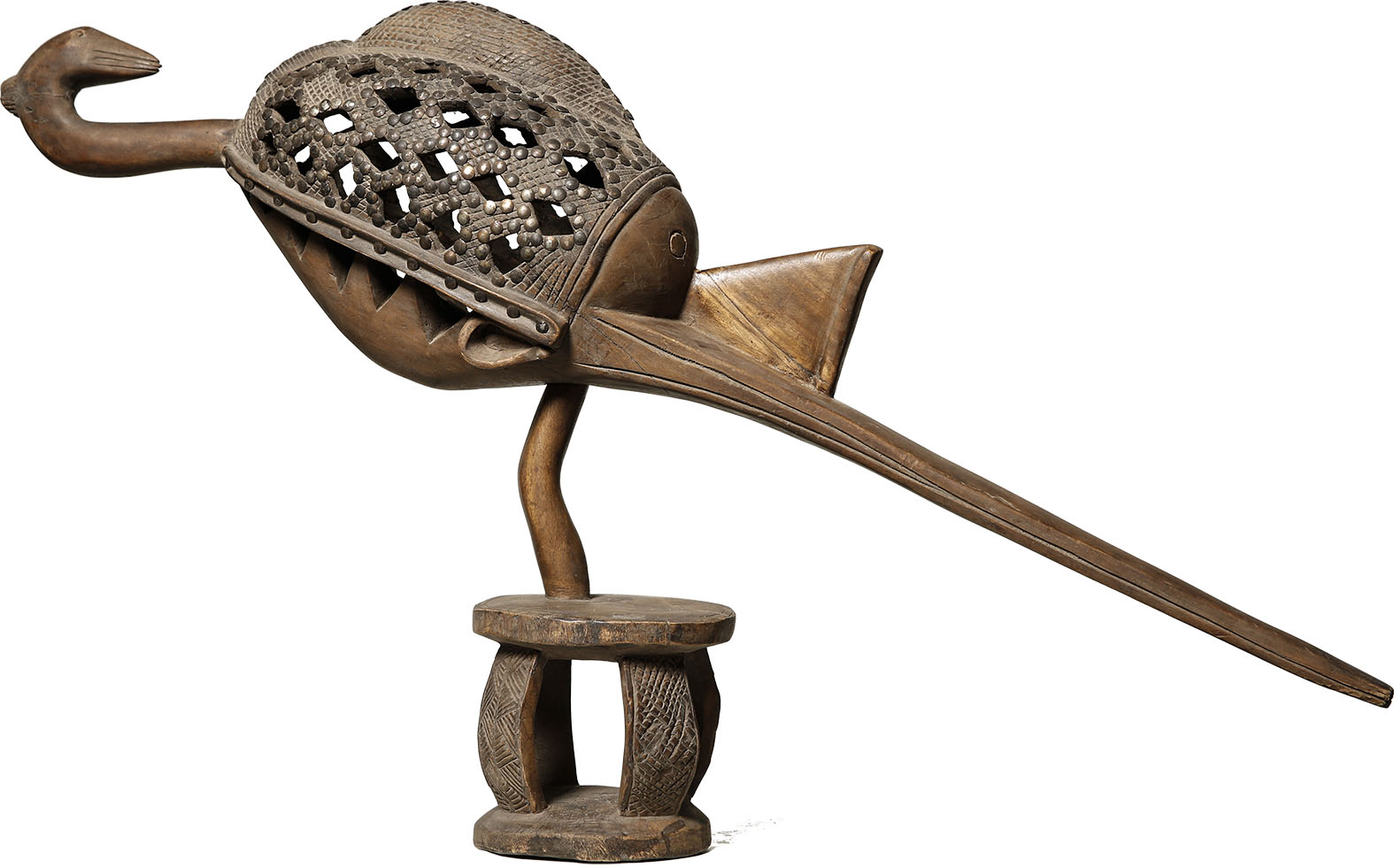
Feng said her initial reason for opening the African Culture and Tourism Center was to showcase positive aspects about Africa to members of the public, many of whom might have misconceptions about the continent.
“If these handicrafts spark visitors’ interest, that’s a win,” said Feng, who added that she needed to cultivate a new life in Beijing.
More than 40 pieces of art from Africa, including wood and egg carvings, stone sculptures, and paintings, are on display in the center’s exhibition hall.
At the venue, visitors can have a full visual and tactile experience with African elements, Feng said, adding that African artworks are earthy and naturalistic.
Various kinds of crafts are produced on whatever is at hand, such as wood, stone and egg carvings. Many African artists and artisans are not formally trained, which gives them more freedom to be creative, she said.
Feng’s sentiments were echoed by Tian He, a film director living in Beijing who has opened an African handicrafts and art gallery. The Director’s Art Shop bills itself as an African museum in Beijing showcasing the continent’s art, and the diverse traditions and cultures of different tribes.
“African crafts intrigue me because they are not only unique, but simple, direct, and incredibly powerful,” he said, adding that African art is straightforward and childlike in its pureness.
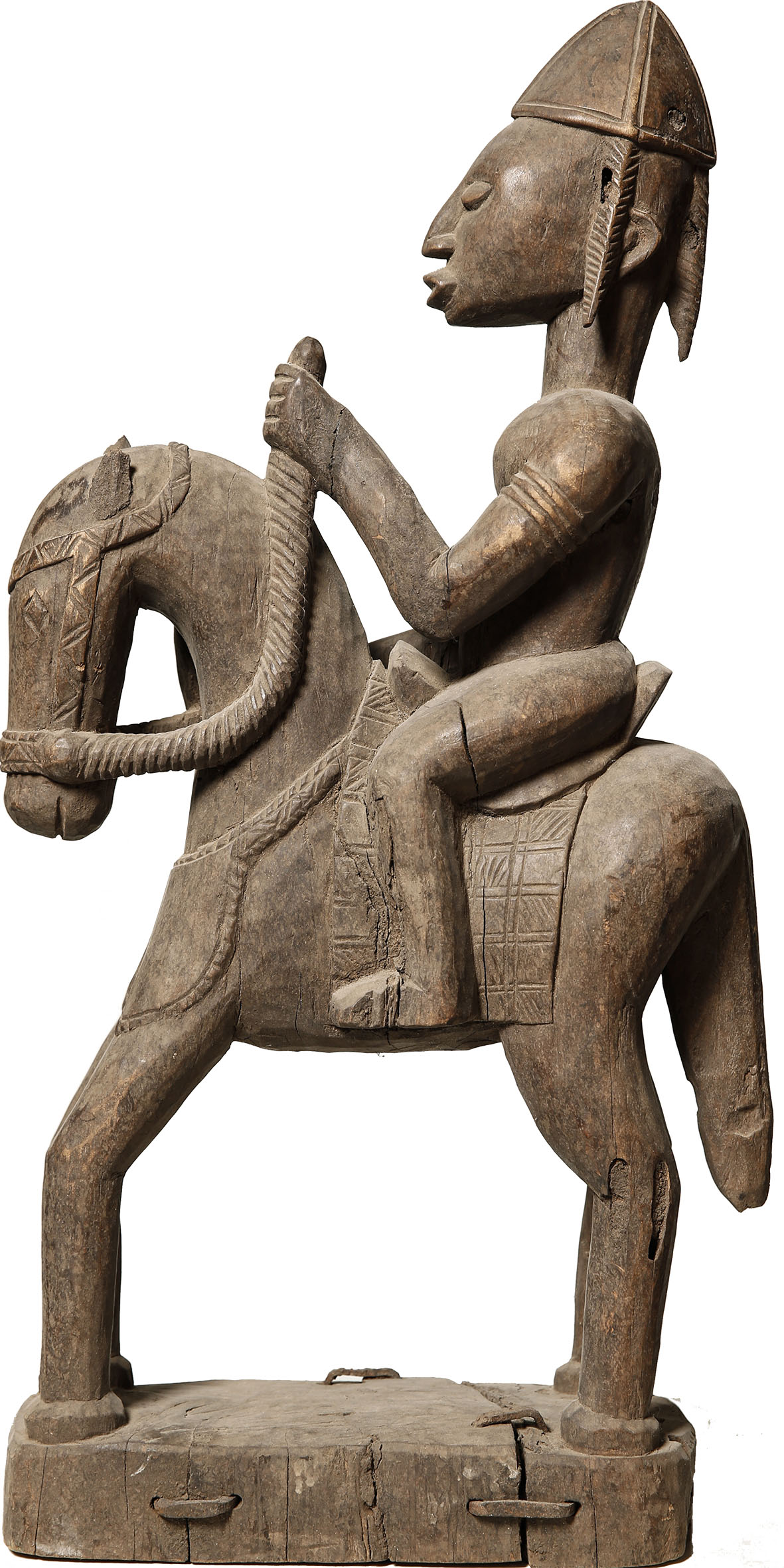
Tian was a commercial video director at a Beijing financial company when he traveled to Africa in 2016 for the first time on a business trip and was enchanted by the aesthetic appeal of the handicrafts. On another business trip to Africa in 2017, he purchased dozens of handicraft pieces and brought them back to Beijing to add to his collection.
“Due to the limited space in my apartment, I eventually opened a Taobao store to sell the crafts I brought back from Africa,” said Tian, referring to the Chinese online marketplace.
“They sold well, and I went to Africa again that year after I quit my job at the company. I purchased 1,000 handicraft pieces and imported them to China.”
The first shipment of containers filled with handicrafts arrived in China within two months.
“Photography is my expertise,” Tian said. “After I received the artworks, I set up a small studio in my living room to take photos of the handicrafts to promote them.”
His Taobao shop quickly gained a lot of attention and a loyal customer base, with people in their 20s, 30s and 40s the main buyers.
“The exhibits on the wall in my shop have changed over the years. Overall, the shape of the artifacts near the entrance of the shop is more rounded, and a bit sharper on the store’s inner side wall, and fiercer on the northwest side wall,” he said, explaining that the arrangements are primarily based on aesthetics that appeal to Chinese people.

On many occasions, customers have bought products based on their emotional reactions to the artifacts.
For example, a mask of the Fang people from Gabon, West Africa, was sold because the buyer said its features reminded him of his occupation. A bronze sculpture from Cameroon in Central Africa was bought by a businessman for his company because it can be seen as an auspicious guardian deity.
More than 800 handicrafts, priced from 10 to 100,000 yuan ($1.3 to $13,757), are tightly packed into the first floor of Tian’s store.
The medium-sized shop acts as a portal to a different world which, according to him, highlights the authenticity of African art.
“Languages in Africa have largely been Westernized, with French and English the official languages in many countries on the continent,” said Tian.
“However, traditional African art forms have remained relatively intact up to the present day, representing the cultural identity of many communities and becoming a source of income for local artisans.
“People who appreciate art and pursue it are even more interested in African handicrafts, hoping to find creativity in these artworks,” he added.

In some Western countries, African art has a long history of appreciation and has been featured in auctions for decades, Tian noted.
Sotheby’s, the world’s leading auction house, held an African art auction in London last October. A total of 81 pieces of art were sold for a combined $2.8 million.
The Art Market, one of the largest art market information websites, said that in 2022 more than 2,700 works by African artists worth $63 million were sold at various auctions, nearly double the number before the COVID-19 pandemic.
“But in our country, African art is still at a nascent stage at present,” Tian said, adding that he hopes the shop can become a bridge to better connect Chinese and African art.
African music, especially its renowned rhythms, is also gaining popularity in Beijing.
At a music learning center in northern Beijing, students aged from 7 to 50 are learning to play African drums and the intricate rhythms that characterize the continent.
Liu Yaoli, a 27-year-old teacher from Guiyang, Guizhou province, said: “Through music and skills development, students can gain understanding of rhythm and timing, allowing them to add dynamism to their playing.
“This keeps the learning process engaging, as they’re not simply repeating the same patterns. As a result, they develop a unique feel for African drumming.”
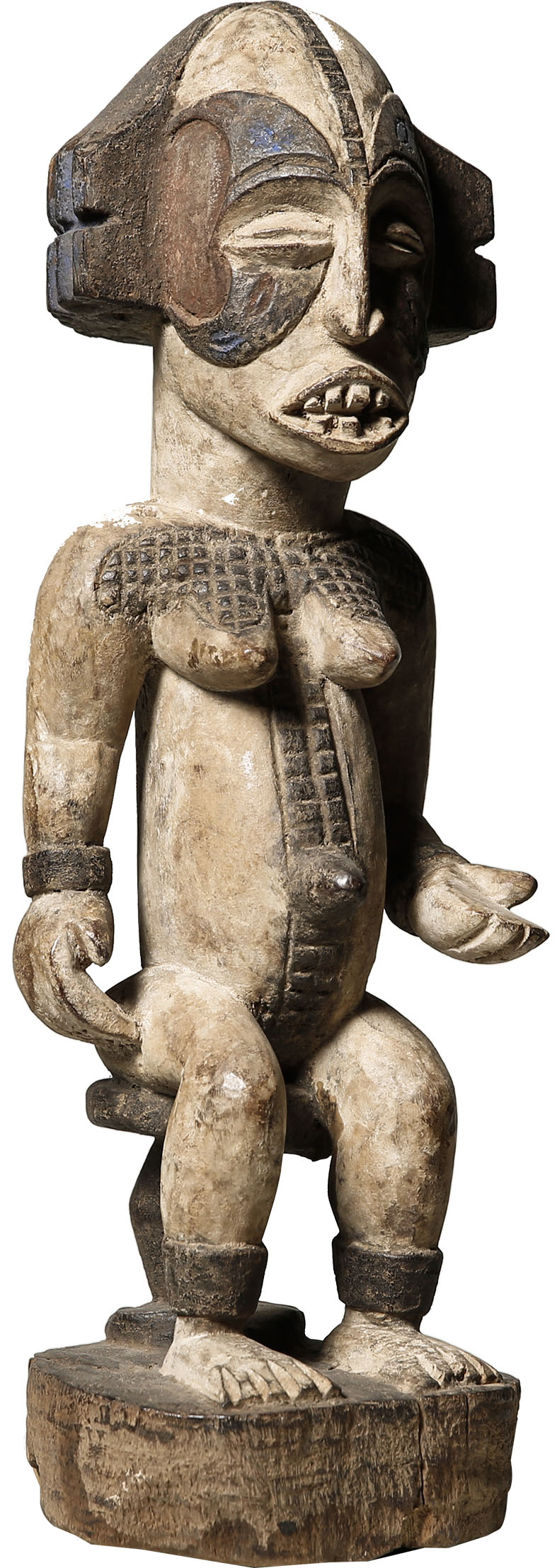
Liu said most Africans have natural musical talent, and seek to express it in every possible way, especially through performances.
The origins of drumming on the continent are believed to have come from the Mandinka people in West Africa and the goblet-shaped djembe drum around 1300 AD.
There are multiple stories about the origins of drums handed down through oral histories. One of the most common is that the Mandinka people were a naturally optimistic people and constantly sang in their daily lives. Whenever they sang, Mandinka girls would start dancing happily, but the boys could only clap their hands to keep the beat or stand by silently.
In order to involve the boys, a blacksmith crafted a wooden instrument in the shape of a vessel used to crush grains, and covered it with an animal skin. As a result, the first African drum, the djembe, was born.
“People came (to our music base) not just to learn, but also to experience the joy of playing, to release the pressure they face daily,” said Liu. “African drums, with their infectious rhythms, create a sense of freedom and happiness, for our students.”
African people are also leaving their footprints in Beijing through their interactions with residents.
Davis Murima, a 32-year-old trade officer from Kenya’s Ministry of Trade, Investments and Industry, is currently in Beijing on an exchange program, at the University of International Business and Economics. Since August, he has volunteered as a docent at Feng’s Culture and Tourism Center, sharing his knowledge and explaining to visitors the details about the exhibits.
“When I’m here, I learn a lot about how the Chinese are interested in understanding tourism, agriculture, and culture in Africa, and I can interact not only with Chinese but different people from other continents,” said Murima.
“It gives me an avenue to understand how culture makes people different, and the diversity of different regions.”
He added that his experiences in China have extended beyond Beijing. Murima said he is particularly interested in observing how Chinese society functions so efficiently, with a focus on collaboration.
“Africa has distinctive cultures, and some of these cultures have been well preserved until now, such as the Maasai community in East Africa,” Murima said.
“I hope that the unique cultures of Africa can be passed on from generation to generation, traversing oceans and continents, to be known by more people in the world.”


